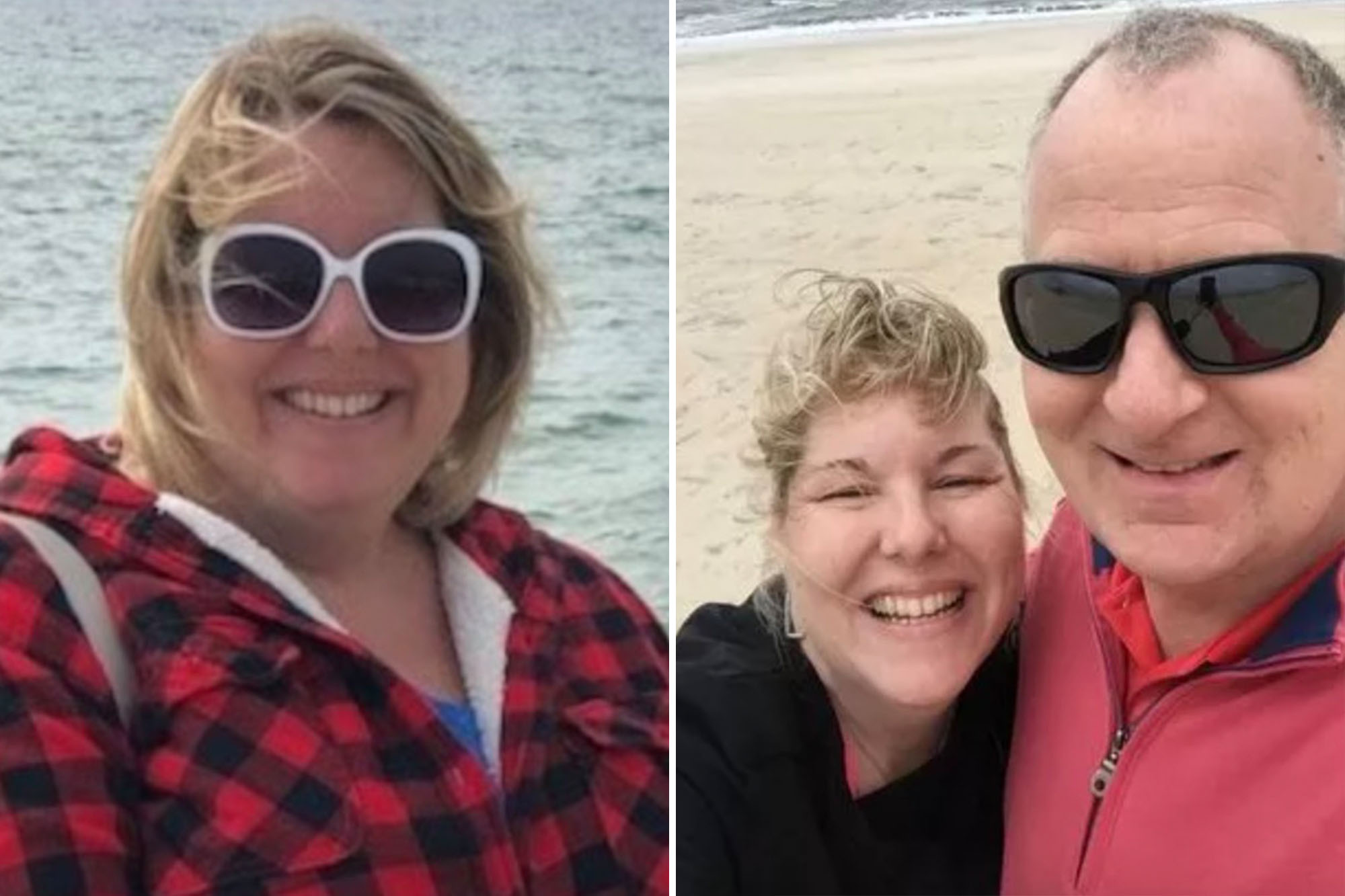
A Michigan grandmother has died from a rare degenerative brain disorder similar to mad cow disease – which has a 100% fatality rate and no cure.
Arlene VonMyhr, 55, and her husband, Gary, celebrated the University of Michigan winning the national football championship on Jan. 8 before she woke up with stroke symptoms, MLive reported.
After being sent home from Byron Center undiagnosed, VonMyhr was rushed to the ER four times over the following two weeks with slurred speech and balance problems, according to the outlet.
On her fourth visit Jan. 26, she didn’t leave the hospital until she died on Feb. 19.
“It was a really rapid five weeks of decline,” Gary VonMyhr, her high school sweetheart and husband of 34 years, told MLive.
Metro Health doctors conducted a lumbar puncture that finally diagnosed her with Creutzfeldt-Jakob Disease, a rare degenerative brain disease that is always fatal and has no cure, the outlet reported.
Its victims also are mostly random.
“Once a definitive diagnosis came back to CJD, then at that point they stopped all the treatments and the IV because there wasn’t anything they could do for her,” VonMyhr, 55, told MLive.
“It was all about comfort and dignity at that point,” he added about his wife, a mother of two and grandmother of three.
Doctors called for an “urgent investigation” into a suspected cluster of the disease after Corewell Health saw five cases in a year in West Michigan.
The disease, which usually strikes older adults, is caused by proteins that misfold, clump together and punch holes in the brain – leading to dementia with symptoms like memory loss, speech problems, balance issues and jerky movements.
Researchers don’t know why proteins act this way, but the abnormality is known as a prion disease that cause those afflicted to go downhill rapidly and die within a few months.
“For almost everyone, unfortunately, it’s an extremely rapid course,” Brian Appleby, director of the National Prion Disease Pathology Surveillance Center, told the outlet.
About 85% of the cases are reportedly “sporadic” because they happen without an apparent cause and most of the remaining ones come from a genetic mutation of a prion protein, according to MLive.
Less than 1% are variants where patients ate tainted beef from animals with mad cow disease – another prion disease — although they are not the same disease.
“It causes brain damage. It causes brain cells to die. And we don’t necessarily understand why,” Appleby said.
In the US, CJD occurs in one to two people per one million a year, but risk increases with age, affecting five per one million people who are 55 and older.
One in every 6,000 deaths in the country are due to the rare illness, he told the outlet.
Although there is no cure for CJ, one treatment tested six years ago among British patients reportedly showed “promising early results,” and a clinical trial is underway in the US.
The US Centers for Disease Control said it is aware of the Michigan case report, noting “several cases of sporadic CJD may occasionally be diagnosed in a particular area around the same time due purely to chance,” MLIve reported, citing epidemiologist Ryan Maddox.
The state Department of Health and Human Services said the findings were not surprising “given the large geographic range defined in the paper” and the scale of Corewell’s footprint.
“Case counts for CJD cases in Michigan do vary some year to year but continue to remain within what we would expect to see,” the agency said in a statement.
Federal data shows annual cases jumped from 238 to 538 over two decades, but the rate is flatter when adjusted for age.
VonMyhr said he is trying to tell more people about the disease so it can be researched, treated and cured.
“This obviously doesn’t impact as many people but it’s so aggressive, so debilitating, so impactful,” he told MLive. “The ultimate motivation would certainly be finding a cure.”














